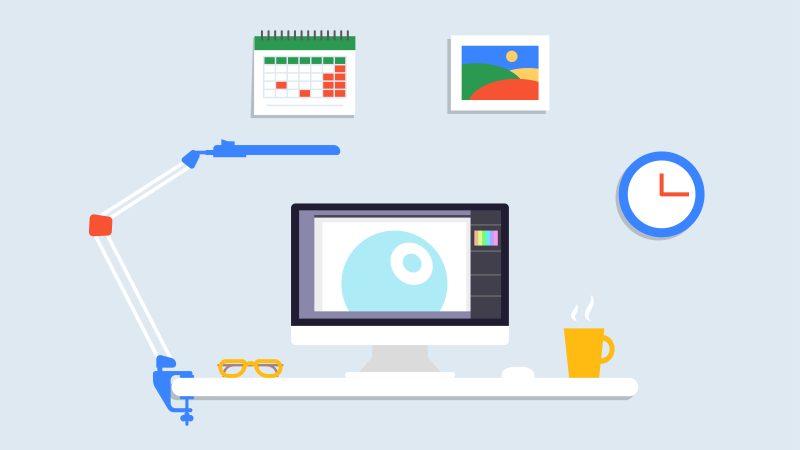SQL Server Change Data Capture (CDC) – A Comprehensive Guide

- Introduction
SQL Server CDC is a powerful feature in Microsoft SQL Server that enables organizations to efficiently capture and track changes made to their database tables. By providing a comprehensive audit trail of data modifications, CDC offers valuable insights into historical data changes and supports various data management tasks. This article aims to provide a comprehensive guide to understanding, implementing, managing, and troubleshooting CDC in SQL Server.
- Understanding Change Data Capture
Change Data Capture, often abbreviated as CDC, is a feature designed to capture and store changes made to user tables in a SQL Server database. The primary purpose of CDC is to facilitate auditing, data integration, and data synchronization scenarios. By tracking changes at the row level, CDC enables users to identify and analyze modifications such as inserts, updates, and deletes.
The benefits of using CDC in SQL Server are manifold. Firstly, CDC provides an efficient and low-impact mechanism for capturing changes, minimizing the performance overhead on the database server. Secondly, it offers a reliable and comprehensive audit trail that can be utilized for compliance, data analysis, and debugging purposes. Additionally, CDC simplifies the process of integrating data across multiple systems and enables near real-time synchronization between databases.
III. Implementing Change Data Capture in SQL Server
- Enabling Change Data Capture
To enable CDC at the database level, a few essential steps need to be followed. These include enabling CDC on the database, creating CDC capture and cleanup jobs, and configuring retention policies. Additionally, CDC can be selectively enabled on specific tables and columns by employing appropriate configuration settings.
- Working with CDC Tables
CDC utilizes dedicated system tables to store the captured change data. These tables include the capture instance table, which tracks changes made to each table, and the associated change tables that hold the actual changed data. Understanding the schema and structure of these CDC tables is crucial for retrieving and utilizing the captured change data effectively.
- Managing Change Data Capture
- Handling Data Capture Processes
Proper monitoring and management of CDC processes are essential for ensuring smooth operations. Administrators can use system views and functions provided by SQL Server to monitor CDC activity, track the progress of capture jobs, and troubleshoot any potential issues. Additionally, modifying and optimizing CDC capture settings, such as adjusting the capture instance interval or the retention period, can enhance the performance and efficiency of CDC processes.
- Dealing with Data Cleanup and Retention
As CDC captures and stores change data over time, managing the cleanup and retention of this data becomes crucial. Administrators can define retention policies to control how long change data should be retained in the CDC tables. Regularly purging old change data not only ensures optimal storage utilization but also helps maintain the performance of the CDC feature.
- Consuming Change Data in SQL Server
- Reading Change Data
Once change data is captured and stored in CDC tables, various techniques can be employed to read and analyze the changes. SQL queries can be used to retrieve specific change data based on filtering criteria, such as time ranges or specific columns. Understanding the schema and structure of CDC tables is essential for constructing accurate queries to extract the desired change data.
- Synchronizing Data with External Systems
CDC offers integration options for consuming change data and synchronizing it with external systems. By utilizing CDC functions and APIs, organizations can efficiently propagate changes to other databases or data integration platforms, ensuring consistent data across different systems. CDC can play a vital role in scenarios such as data warehousing, data replication, and data synchronization between on-premises and cloud environments.
- Troubleshooting Change Data Capture
- Common Issues and Error Handling
While implementing CDC, users may encounter common challenges or errors. These can range from configuration issues to performance bottlenecks or data inconsistencies. Understanding the common issues and their resolutions is crucial for maintaining the stability and reliability of CDC. SQL Server provides various system views and functions that can aid in troubleshooting CDC-related problems.
- Performance Considerations
To optimize CDC performance in SQL Server, administrators can employ several techniques. This includes carefully selecting appropriate capture instance intervals, leveraging parallelism, optimizing storage configurations, and fine-tuning retention policies. Regular performance monitoring and addressing potential bottlenecks can ensure smooth CDC operations and minimize any adverse impact on the overall database performance.
VII. Frequently Asked Questions (FAQs)
What is the difference between CDC and triggers in SQL Server?
Can CDC be enabled on all database objects?
How does CDC handle schema changes?
Is CDC available in all editions of SQL Server?
Can CDC be used with non-SQL Server databases?
VIII. Conclusion
This comprehensive guide has provided an in-depth understanding of SQL Server Change Data Capture (CDC) and its importance in database management. CDC offers numerous benefits, including efficient tracking and capturing of data changes, comprehensive audit trails, and simplified data integration and synchronization. By following the guidelines for enabling, managing, and troubleshooting CDC, organizations can leverage this powerful feature to enhance their data management capabilities and ensure accurate and reliable data tracking in SQL Server.






